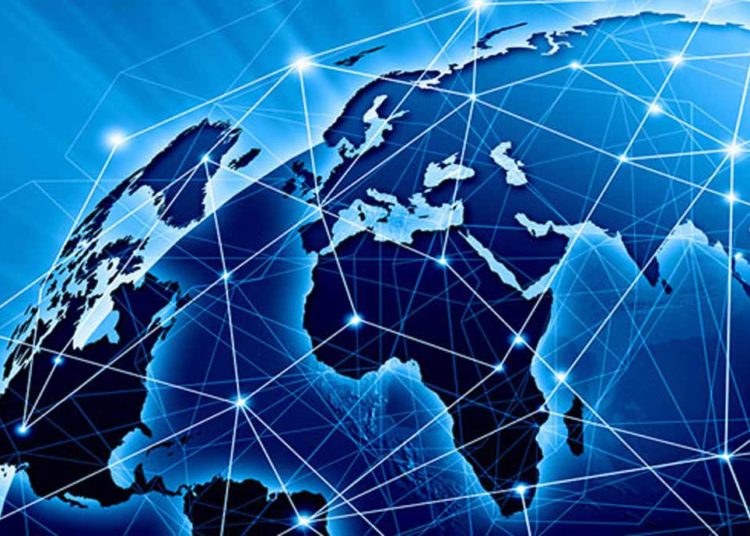The number of major global content and content distribution networks, Internet Service Providers, Mobile Network Operators, Financial and Educational Institutions, and other IP-Centric organizations at the Internet eXchange Point of Nigeria (IXPN) has surpassed 100 players as peak traffic exceeds 300Gbps, a milestone the company has noted is worthy of celebration.
In a statement issued in Lagos, the chief executive officer of IXPN, Muhammed Rudman, stated that, all mobile network operators, major network operators in Nigeria, as well as some of the largest content networks such as Facebook (Meta), Google, and Microsoft, are among the networks peering at the exchange point, which was designated as a West African regional exchange point by the African Union a few years ago.
According to him, reaching the 100-member mark demonstrates the IXPN’s broader reach and excellent service delivery. He mentioned that IXPN has multiple locations across Nigeria, making its services easily accessible thereby allowing local service providers to save costs through peering.
“In fact, we have recently seen an increase in connections from even international networks, indicating our commitment to providing excellent services with high availability.” he said.
IXPN members’ surveys conducted over the years have revealed an increase in the percentage of local traffic in Nigeria, with a recent report indicating that connected members are able to localize/domesticate more than 70 per cent of their traffic through the exchange point. This results in significant cost savings for the connected networks, as well as reduced latency, increased security and increased redundancy.
With a single connection to any of the nine IXPN sites across Nigeria, the over 100 members currently connected to IXPN have direct access to each other. Five of the sites are in Lagos, with one each in Abuja, Port Harcourt, Enugu, and Kano.
The Lagos POPs are all interconnected via high-capacity links and connect to the POPs in the other four cities in an effort to extend connectivity to the unserved and underserved regions in the country.











